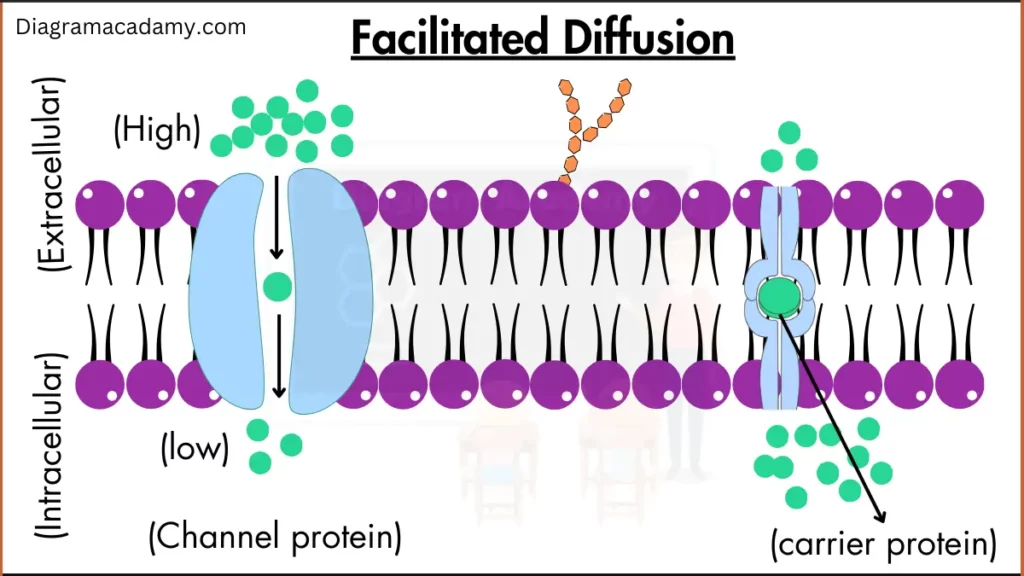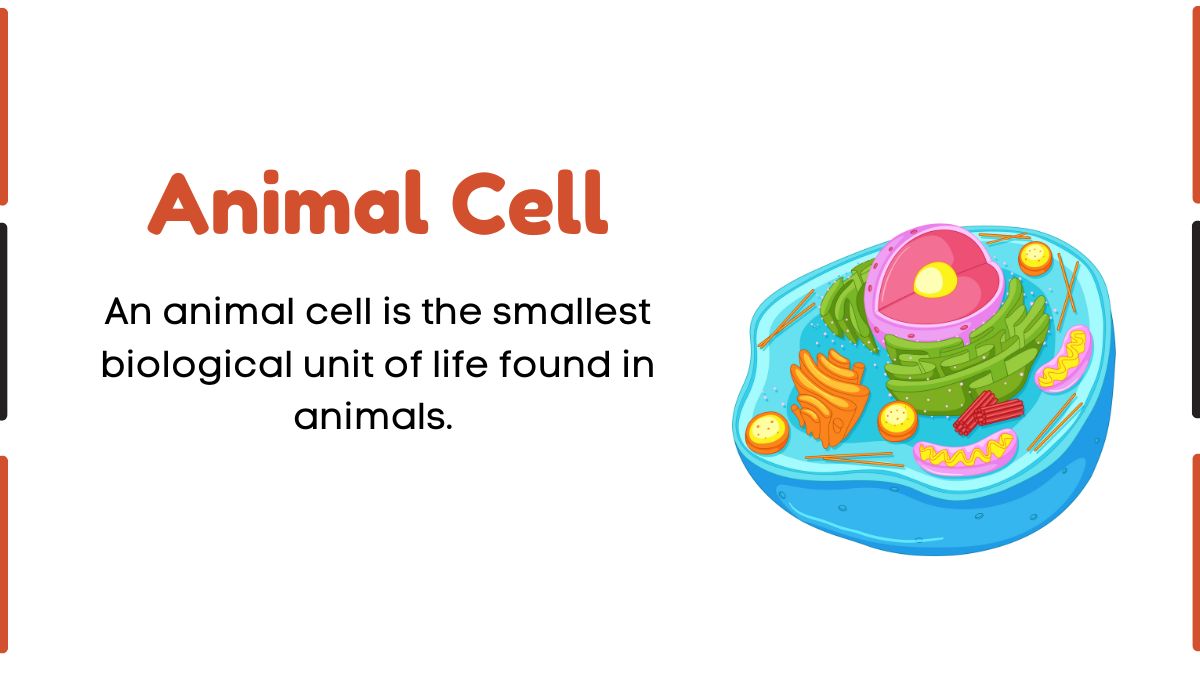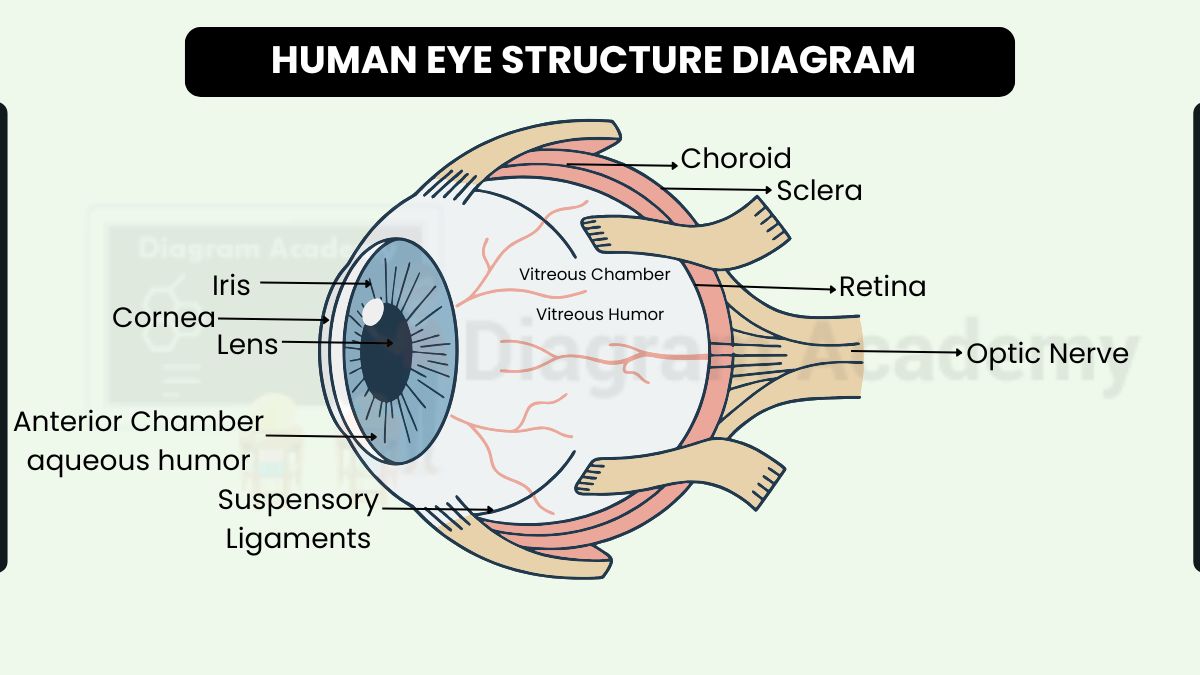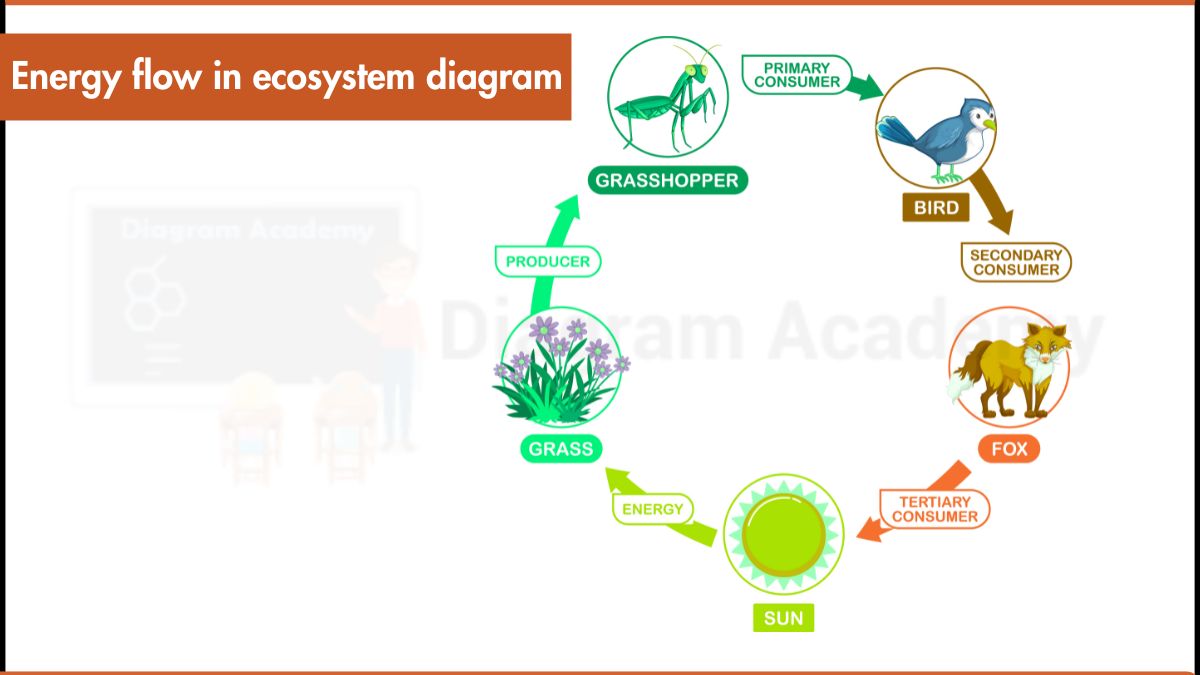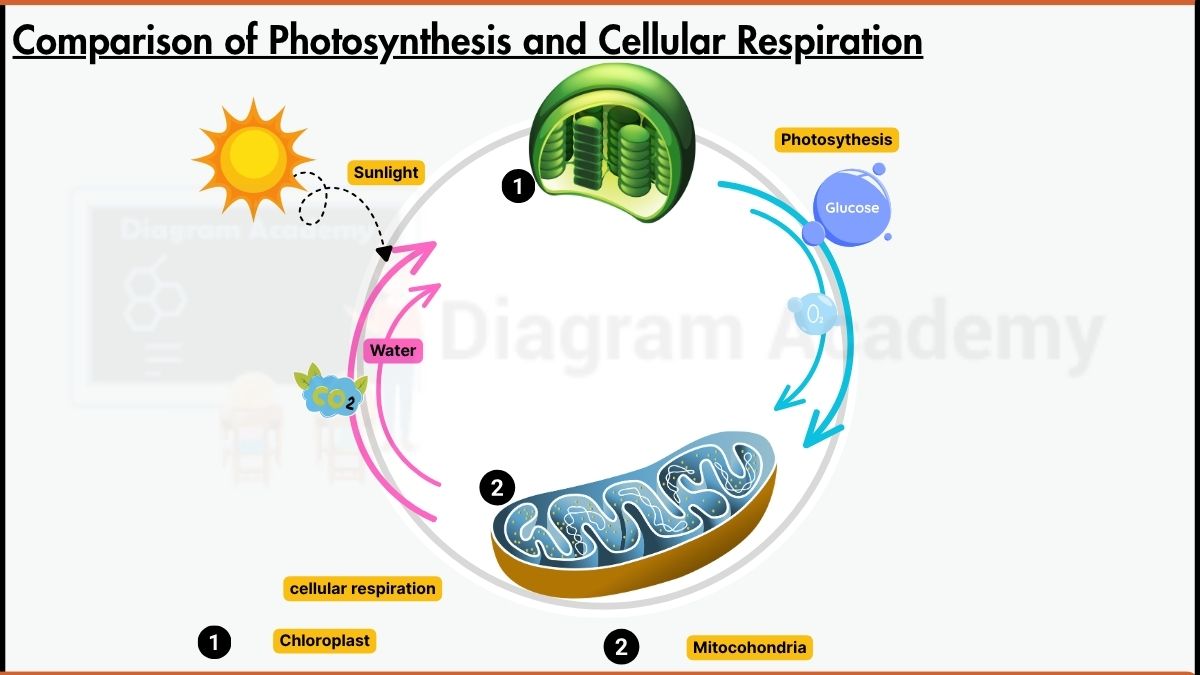Diagram of Facilitated Diffusion
Facilitated diffusion is a process similar to simple diffusion but involves the assistance of specialized transport proteins embedded within the cell membrane. These proteins act as facilitators, allowing specific molecules or ions to move across the membrane from areas of high concentration to areas of low concentration.
Unlike simple diffusion, facilitated diffusion still doesn’t require energy input from the cell. However, it’s essential for larger or charged molecules that can’t easily pass through the lipid bilayer of the membrane. Once these molecules bind to the transport proteins, they are transported across the membrane and released into the cell’s interior.
Like simple diffusion, facilitated diffusion ultimately leads to an equilibrium where the concentration of molecules is balanced on both sides of the membrane.
